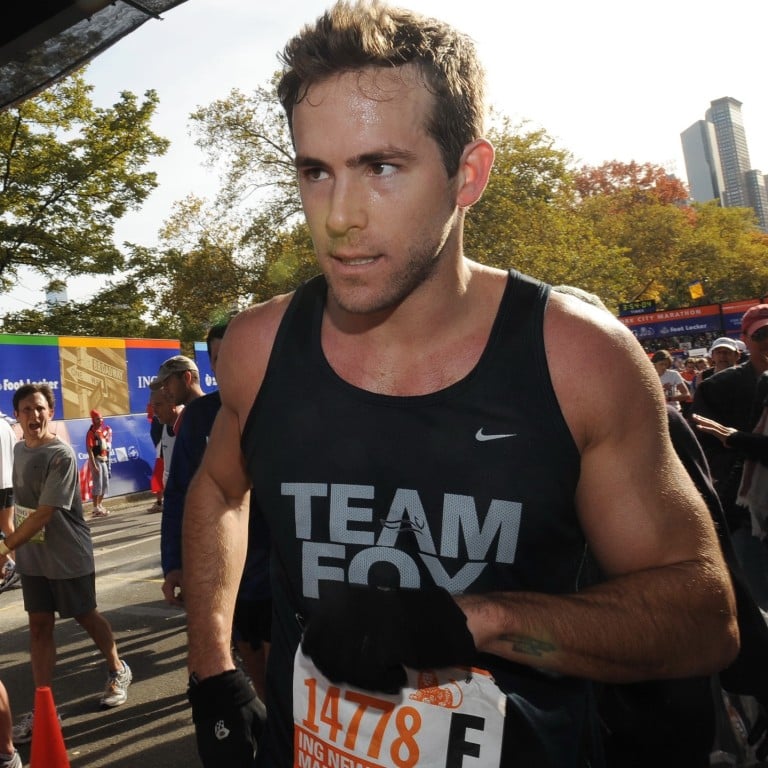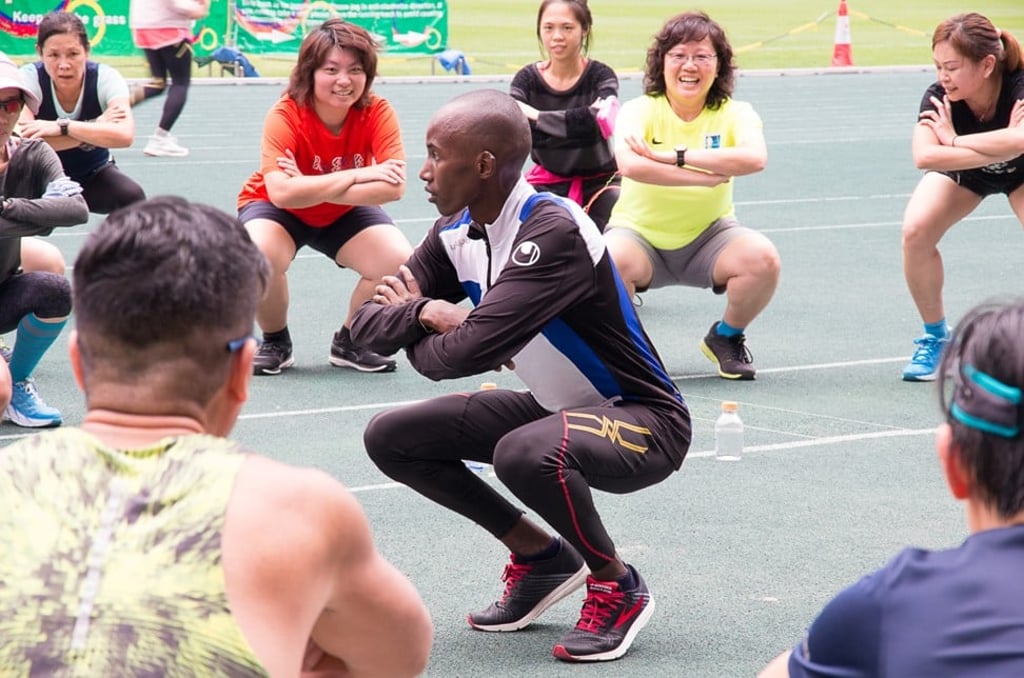2020 Hong Kong Marathon: a survivor’s guide to the most gruelling physical challenge in town

What should you wear? How will you stay upbeat if your body is hurting? What’s the best way to recover after the event?
Are you training for the Standard Chartered Hong Kong Marathon on February 9, or the Pyongyang Marathon in North Korea in April? Preparation is essential. What should you wear? How do you sustain your energy throughout the run and keep a positive mindset? Post-race, what’s the best way to recover from the endurance event?
Here, we seek to answer some of these burning questions to shed some light on the key aspects of running and tips for you to get through the marathon.
Preparation and training
There is no silver bullet when it comes to preparing and training for a marathon. We all train and run differently, based on our individual health and fitness as well as the time and effort we are willing to commit to it.
There are three main goals before your run: 1, increase your endurance; 2, prepare your body physically and mentally; and 3, improve muscular strength to prevent injuries.
Ideally, you should prepare at least eight to 12 weeks before your run, but it’s never too late to get started.
1. Base mileage

The secret that allows you to keep up your pace even after the first 20km or 30km is mileage, or the total volume of a runner’s workload. Simply put, the more you’re able to run, the faster you’re likely to race. Run three to five times a week and have a base mileage of 80km a week for eight to 12 weeks where one run is a speed training and one run is a long, slow distance run.
Long slow distance (LSD) runs: Slot in LSD runs, ideally every seven days. Start with 20km, 25km, 30km and possibly one 35km – all should be at sustainable pace.